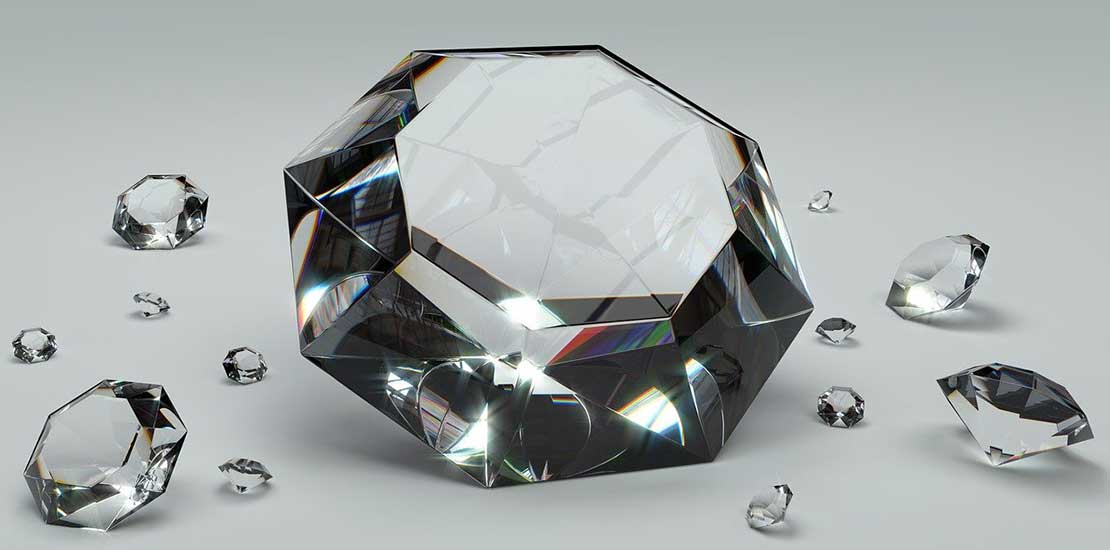
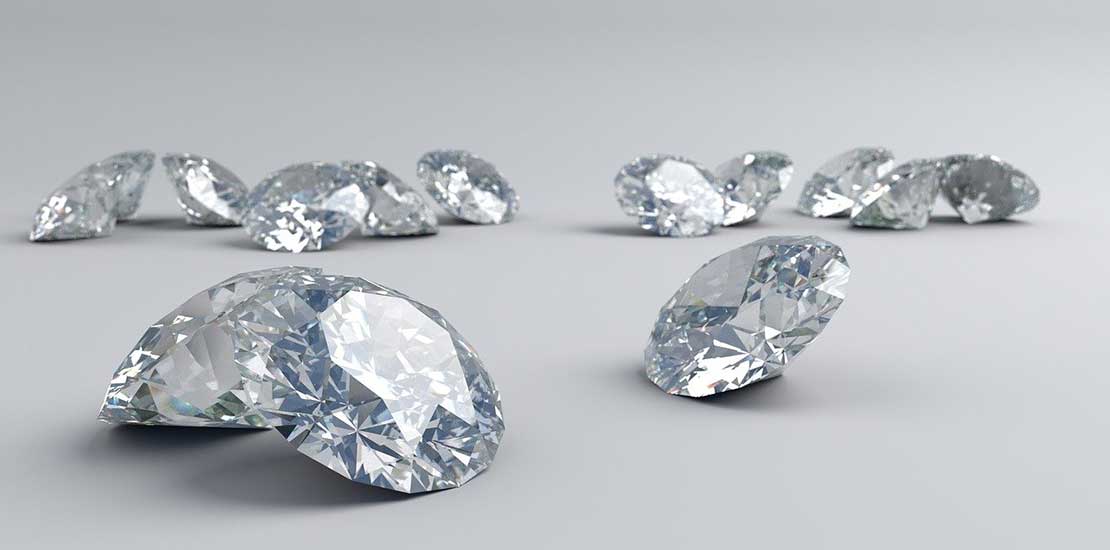
Project Details
- Product Name:
HPHT Lab Grown Diamonds
- Color:
D E F
- Clarity:
VVS VS
- Usage:
For Cutting Lab Grown Diamonds
- Technology:
HTHP
HPHT, or high pressure and high temperature, is a process that is used to grow diamonds. The process takes place within a small capsule inside a press that can generate very high pressures and temperatures. In order to produce diamonds, the carbon starting material must be placed under conditions that are similar to those found deep within the earth’s crust. The diamond seed is then moved through the molten carbon to a cooler area where it can crystallise. The entire process takes a few days to a week, and the HPHT process mimics these conditions.
Characteristics of HPHT
- The HPHT growth process produces both colorless and fancy-colored synthetic diamonds
- HPHT synthetics will be difficult to distinguish from natural diamonds, especially when viewed in ultraviolet light.
- HPHT synthetic diamonds are classified into four distinct types. Type IIa, IIb, and mixed types IaA+Ib.
- By reducing the mining process, HPHT diamonds are more environmentally friendly and sustainable. They do not harm local wildlife and landscapes.
Gemological properties of HPHT diamonds :
HPHT, or high pressure and high temperature, is a process that is used to grow diamonds. The process takes place within a small capsule inside a press that can generate very high pressures and temperatures.
- HPHT lab grown diamonds have some inherent characteristics that make them superior to mined diamonds.
- The growth of HPHT diamonds is a very controlled process, requiring much more time and better control of the growth conditions.
- HPHT lab grown diamonds are very similar to natural diamonds, but the difference between them is in the size.
- The HPHT and CVD processes produce diamonds that have cubic or octahedral faces. Unlike natural diamonds, CVD diamonds often require additional treatments such as irradiation or heat to enhance their color.
HPHT Lab Grown Diamonds Advantage:
A business strategy is the means by which it sets out to achieve its desired ends. You have ideas, goals, and dreams. We have a culturally diverse, forward thinking team looking for talent like you and make your dream come true have ideas, goals.
One of major advantage of HPHT diamonds is their lower cost. Because of this, they are often much cheaper than their natural counterparts. Moreover, lab-grown diamonds have better clarity than their natural counterparts. While this feature is beneficial, it is also essential to remember that HPHT diamonds require patience. In fact, the faster they grow, the worse the quality. It is also difficult to produce dark, included diamonds. For this reason, many growers choose to produce diamonds that are less than perfect. Besides, some use short-cuts, such as irradiation or HPHT treatment.
Apart from its affordability, High Temperature Lab Grown Diamonds are also environmentally friendly. Compared to their natural counterparts, they cost 20-40 percent less. This is because of the shorter supply chain. However, unlike natural diamonds, manmade diamonds are not rare or one-of-a-kind. Therefore, despite their low cost, they may not hold their value for long. They may depreciate in value as the market is overflooded.
HPHT synthetic diamonds can be either colorless or colored. The former will display some color zoning, whereas the latter will not. Natural diamonds may also show color zoning. However, as-grown, untreated “colorless” diamonds will show color instability if exposed to sunlight. When exposed to sunlight, these diamonds will reverse their color.
HPHT diamonds are a great option if you’re looking for a diamond that looks as close to a natural diamond as possible. They’re 40% cheaper and come from a transparent supply chain. They’re also more environmentally friendly than natural diamonds.
HPHT synthetic diamonds are available in a wide variety of colors. Often, there is more than one color in a single crystal, as shown in figure 11. Fluorescence colors in HPHT synthetics are generally attributed to NV centers and H3 defects. The origins of other colors are less clear. In some cases, trace elements added to the growth chamber induced different colors.
Related Projects
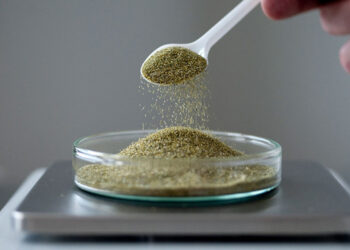
lab grown diamonds
Nanometer Modified Diamond Powder
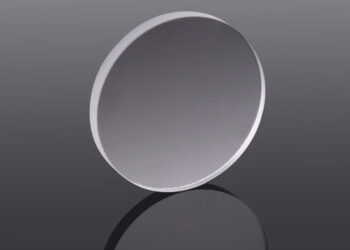
lab grown diamonds
CVD SC Diamond Optical Window
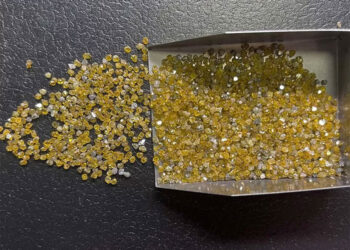
lab grown diamonds